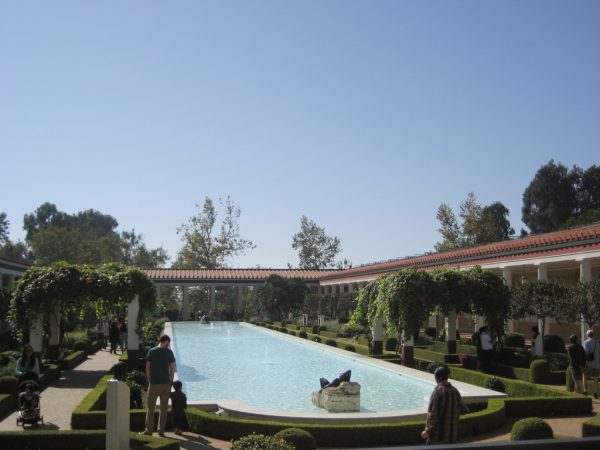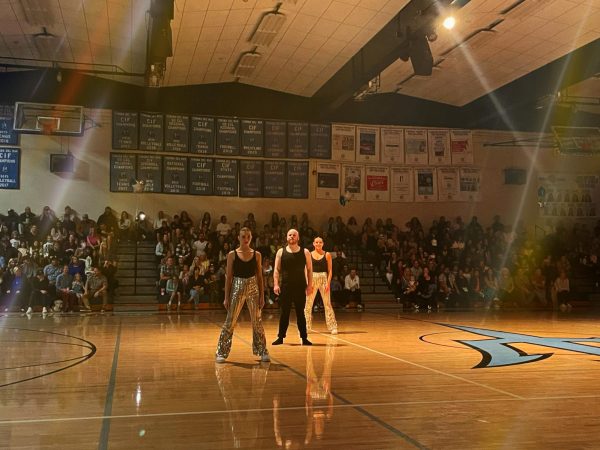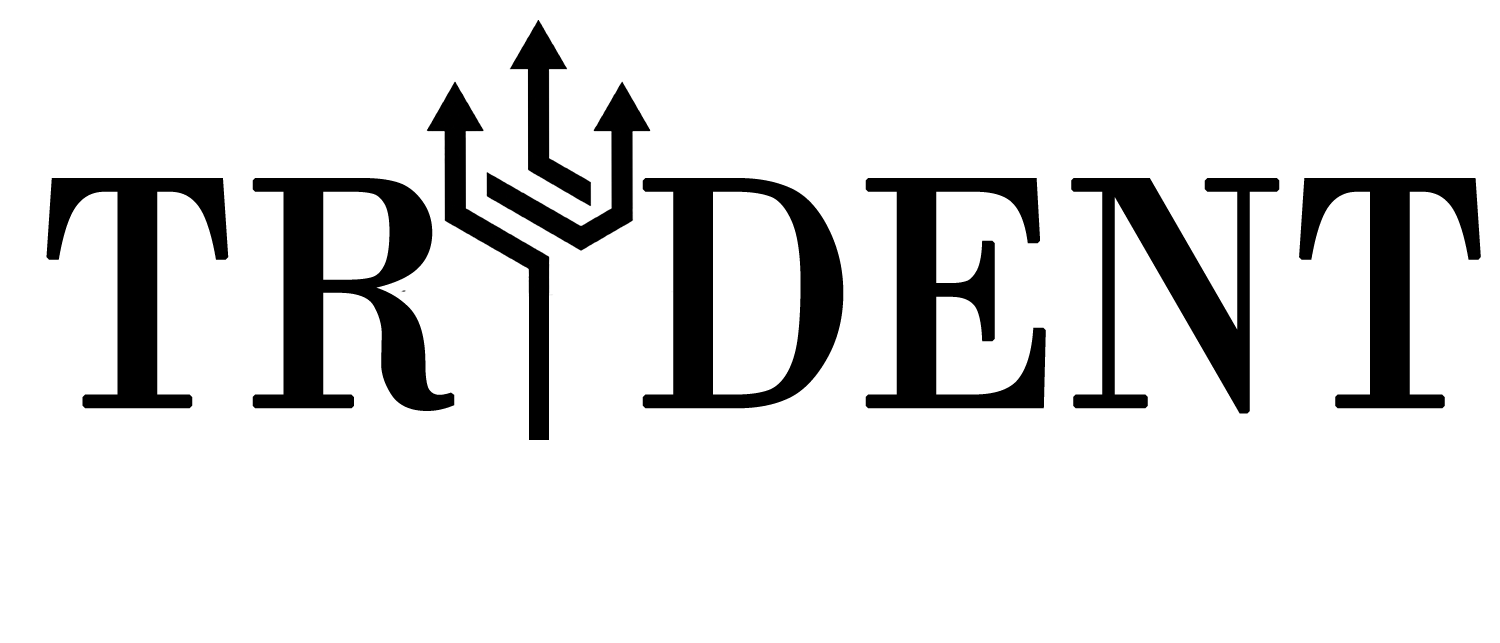Through the Ages of Apple

January 29, 2019
Steve Jobs and Steve Wozniak wanted to make people look at computers differently. They both loved the technological world, and in a small garage in California on April 1, 1976, these two men founded Apple. Although the masterminds behind this company were the two Steves, this feat would not have been possible without their friend, Ronald Wayne, who they had convinced to buy 10% of the company’s stock and act as a overseer.
The company received its name due to the fact that Jobs would work up in the orchids in Oregon and according to Macworld, he liked the “fun, spirited and not intimidating” sound of the word. This was also an ideal name because the word started with the letter “a,” which put it at the top of any alphabetized list. There are many conspiracy theories about behind the Apple logo, like how it may be used because an apple fell on tr famous scientists Sir Isaac Newton’s head or that computer scientist and coder Alan Turing committed suicide by eating an apple injected with cyanide, but in truth the board just liked the look.
The first Apple computer resembles a typewriter and connected to a television that was used as a screen. Designed by Wozniak, he was too shy to execute this computer but after Jobs recognized his genius, he put together enough money to make the computer a reality. This computer which came to be called the Apple I, sold for $666.66 and each computer was made by the hand of Wozniak. The flaws with the Apple I were that no data could be inputted or extracted once it was hooked up and it had no case. Apple sold 200 computers in the time frame of the eighteen months it was available.
At the West Coast Computer Fair in April of 1977, only a few months after the Apple I had been discontinued, the Apple II was announced. The official name was Apple ][ and its new features included colored graphics, higher resolution, and a better memory and storage system. This new computer cost more than the one preceding at $1300 even though it was only worth around $100. One thing that made the computer so worthwhile was VisiCalc. VisiCalc was an app created by Dan Bricklin that was an online spreadsheet. Up until this point, spreadsheets had only been available on paper and had yet to be brought to the technological world. However, this machine also had flaws. It did not have an incorporated display and the mouse was not what the Steves wanted, so they switched it for the Apple game paddle. The Apple II continued selling for sixteen years and around six million were made.
Jobs next set his mind on working on the Lisa, an operating system named after his daughter. The Lisa team was put up against another team creating a computer called the Macintosh in a race. The Macintosh was named after the favorite apple of team leader. Jef Raskin, head of The Macintosh team, was targeted to sell to small home and business owners. Jobs soon joined the team for the Macintosh and replaced Raskin as the leader. In 1983, the Lisa was introduced to the public but was not a great success like the Macintosh, which was launched the following year, despite the Lisa’s higher resolution and better memory. Two years later, the Lisa 2 was launched at half the price of the expensive original Lisa but was soon discontinued. The future of Apples company depended on the Macintosh now. The team continued to improve the Macintosh by making it simpler to build and create a better mouse and GUI, graphical user interface, for it. This computer is also where Finder, the file manager still found on Apple computers today, originated. The Macintosh was a great success and even though it was $2495, thousands were sold.
At the 1984 Super Bowl Apple showed a risky ad that directly targeted its rivals. In the commercial, Apple portrayed their rivals as the antagonist tried to end the world while a hero with an Apple logo on her chest came to save the human race. Luckily, this was extremely good for business and it received many views and was a hit.
Apple’s next big idea was to create Apple LaserWriter printers, which could connect up to forty computer. Although laser printers had been made before, because this one was different, it resulted in it being in high demand from the public. Additionally, Paul Brainerd created Pagemaker for the Mac, which surpassed every other program for digital art.
In the 80s, the CEO of the company was Michael Scott because the board believed Steve Jobs was too young for the position. The job was then passed onto Mark Markkula and then next to John Sculley. This caused problems because Sculley and Jobs would clash frequently. These two men soon developed a rivalry which led to Jobs’s attempt to take Scully’s position, which ultimately ended in Jobs leaving the company. Jobs went onto create a new company, NeXT, while Jean-Louis Gassée took over Apple. Initially, Apple’s stocks went up at the start of the twelve years that Jobs was not a part of Apple, but soon it began to decline. Apple started to sell to more wealthy customers and their sales began to drop. Soon after that, Gassée left Apple to go start his own company, Be Incorporated, which designed the BEOS operating system. Apple started to become successful again once they started selling less expensive product, but with the competition from IBM and Microsoft, they fell into that unsuccessful rut once again. Apple then created the Quadra and Performa computers but eventually they had to make an alliance with its rivals , IBM and Motorola, in order to stop their decline. This was called the AIM Alliance. During this time, the AIM developed the PowerPC. Many versions of the PowerPC were released in the following years, including the Power Macintosh 6100 and the PowerPC 970FX processor. These systems are still used in the Wii U, PlayStation 3, and Xbox 360. Apple and Microsoft stopped being rivals when Apple realized they needed their Office programs for the Mac. That did not last long once Microsoft came out with Windows 1.0 and used Apple’s technique of overlapping live application windows to make it successful. This lead to legal battles that no one eventually ended up winning. The rivalry between Jobs and Bill Gates, Microsoft’s creator, has ceased to exist because this both men realized that both companies needed each other. Because of this, Apple stopped using Microsoft’s default browser and created Safari.
In 1996, Apple was in the market for a new operating system, and they ended up buying Jobs’s company NeXTSTEP. Not only did Apple spend $429 million on the company, but also the man who came with the purchase: Steve Jobs himself. Jobs soon became the CEO of Apple and made significant changes. He made it so that only four models of Apple computers were sold and ended supplementary division and licensing deals. Jobs pulled Apple up to its full potential once again.
Apple soon went on to make iPads, iPods, and iPhones, which are all a great part of our society today. Rarely can one walk around and not see Apple devices in the hands of people all surrounding. The popularity of these Apple products make it even more remarkable that one of the most successful tech companies was founded by two men in a garage.












